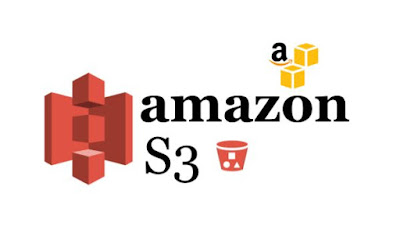Benefits of S3 are below:
- Durability
- Low cost
- Scalability
- Availability
- Security
- Flexibility
- Simple data transfer
Amazon S3 Storage Classes
Amazon S3 offers customers and users a wide range of storage classes which allows users the flexibility in configuring their storage. The different storage classes include:
Amazon S3 Standard
This is your standard storage for “hot” or live data access. Availability is at 99.99% and usually the go-to storage class for most users.
Amazon S3 Standard-Infrequent Access (S3 Standard-IA)
This storage class is for infrequent access to data. It offers lower storage costs but higher storage restoration costs. This class is recommended for data that can be at rest for 30 days without needing to be accessed, such as archives, but if needed, can be accessed relatively quickly.
Amazon S3 One Zone-infrequent Access (S3 One Zone-IA)
Very similar to Amazon S3 Standard-IA, but costs 20% less due to only being available in one zone as opposed to three.
Amazon S3 Intelligent-Tiering (S3 Intelligent-Tier)
A relatively new storage class introduced in late 2018, data in S3 Intelligent-Tiering is monitored by AWS and automatically converted from S3 to S3-IA if there’s been 30 days of inactivity on the objects. If said object is then accessed, it is moved back to frequent access for cheaper access.
Amazon S3 Glacier (S3 Glacier)
S3 Glacier is great for archiving data for long storage which doesn’t necessarily need instant access or retrieval. S3 Glacier offers storage at a much lower cost than S3 Standard and even S3 Standard-IA but fines users for retrieving data before the 90-day minimum and anything over 10 GB per month.
Amazon S3 Glacier Deep Archive (S3 Glacier Deep Archive)
Amazon has added to their S3 Glacier service and introduced Amazon Glacier Deep Archive. At 1GB/month starting at $0.00099, it will be the cheapest solution to storing data on Amazon AWS. This storage class is specifically meant for data that you absolutely would never need instantly, as the fastest restore time takes 12 hours.
Amazon S3 Application Programming Interfaces (API)
Customers and end users have the option to interact with Amazon AWS S3 via API. Both REST and SOAP interfaces are provided, making S3 flexible and language neutral. This is great for developers who need to store and retrieve data via a programmable interface. S3 API provides users and customers with the capability to store, retrieve, list, delete, and move objects in Amazon S3.
Since its introduction, Amazon's S3 API has been adopted as the standard for object based storage interfaces. Many vendors and third-party software companies offer support and developer guides for Amazon S3, which continue to make it the leading object storage service.

Comments
Post a Comment